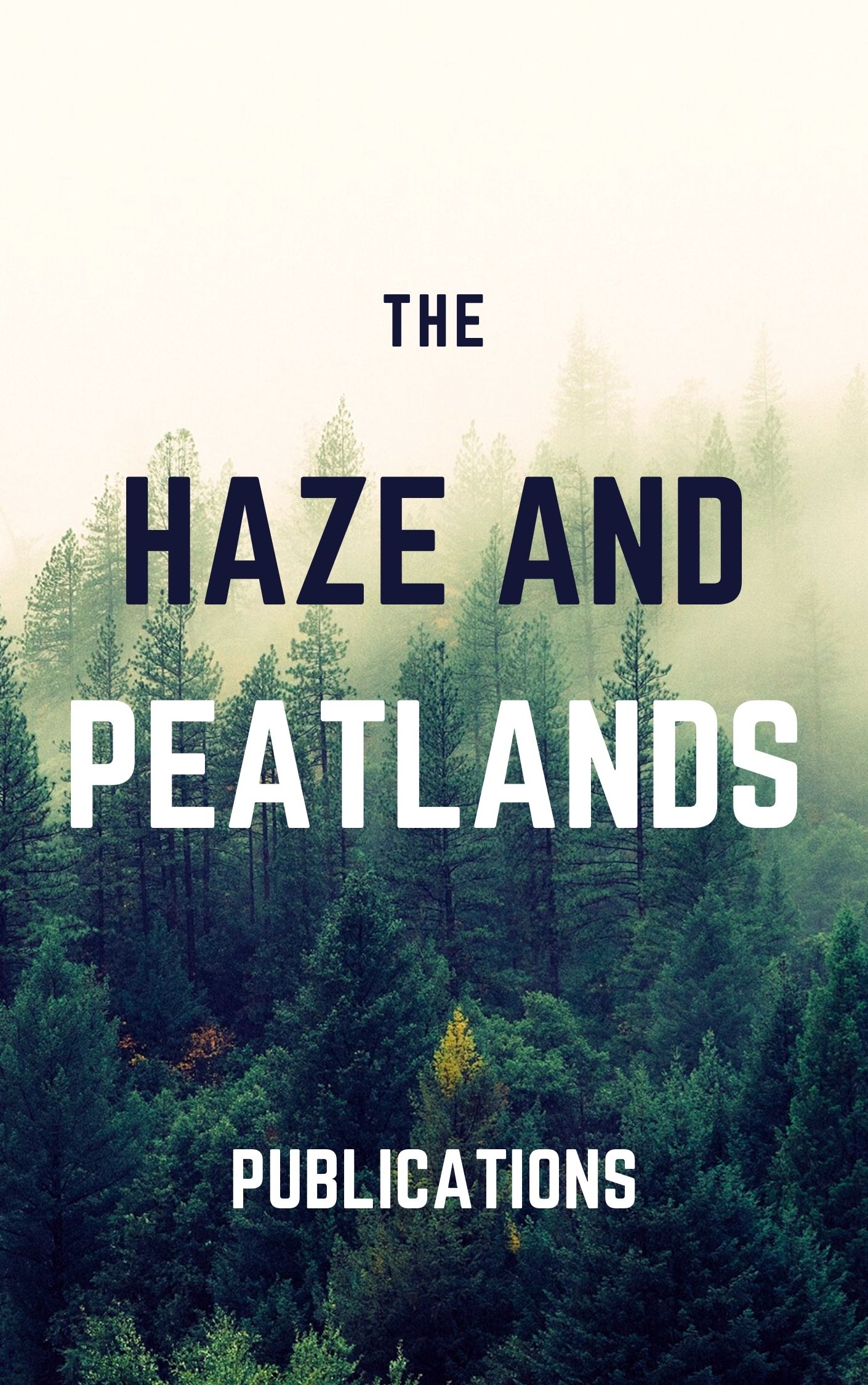The Badas peat swamp forest, Brunei Darussalam, Borneo, is a large Baram river peatland formation facing pressures from natural and increasingly anthropogenic disturbances. Although the peat forest should regenerate naturally after disturbances, there is little quantitative information documenting this regeneration. Given the impenetrability and remoteness of peatland forests, remote sensing technology can fill the peatland forest regeneration knowledge gap. This paper reports on the findings of a study on the resilience of the Badas peat swamp forest, composed primarily of Shorea albida Sym. We identified the scars caused by logging and caterpillar infestation using photo interpretation and the forest inventory map. We employed the Shuttle Radar Topography Mission (SRTM), TanDEM-X 90 m (TDX) digital elevation products, and AW3D30 m (AW) digital surface model (DSM) to assess the regeneration of disturbed forest scars over 14 years. Through measurements of forest height and other indices, we found that the Badas peat swamp forest did not recover from these past disturbances and the depletion of scars progressed even further. Our findings support other authors' conclusions suggesting irrevocable degradation of Bornean peatland and peat forests. We also introduce an accuracy assessment of the forest biomass estimation relying on a comparison of DSMs and present a detailed morphology of the surface of the Badas peat dome.
View source

